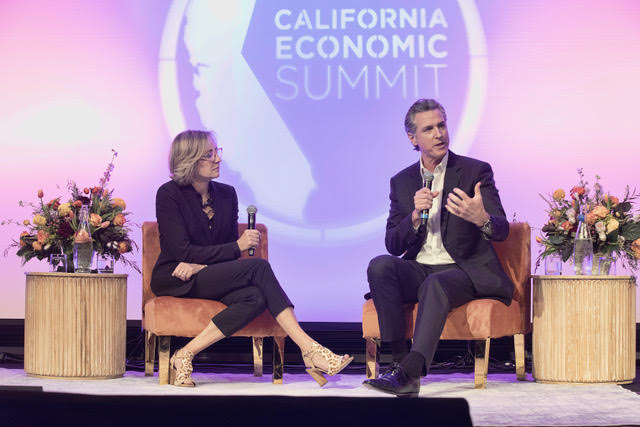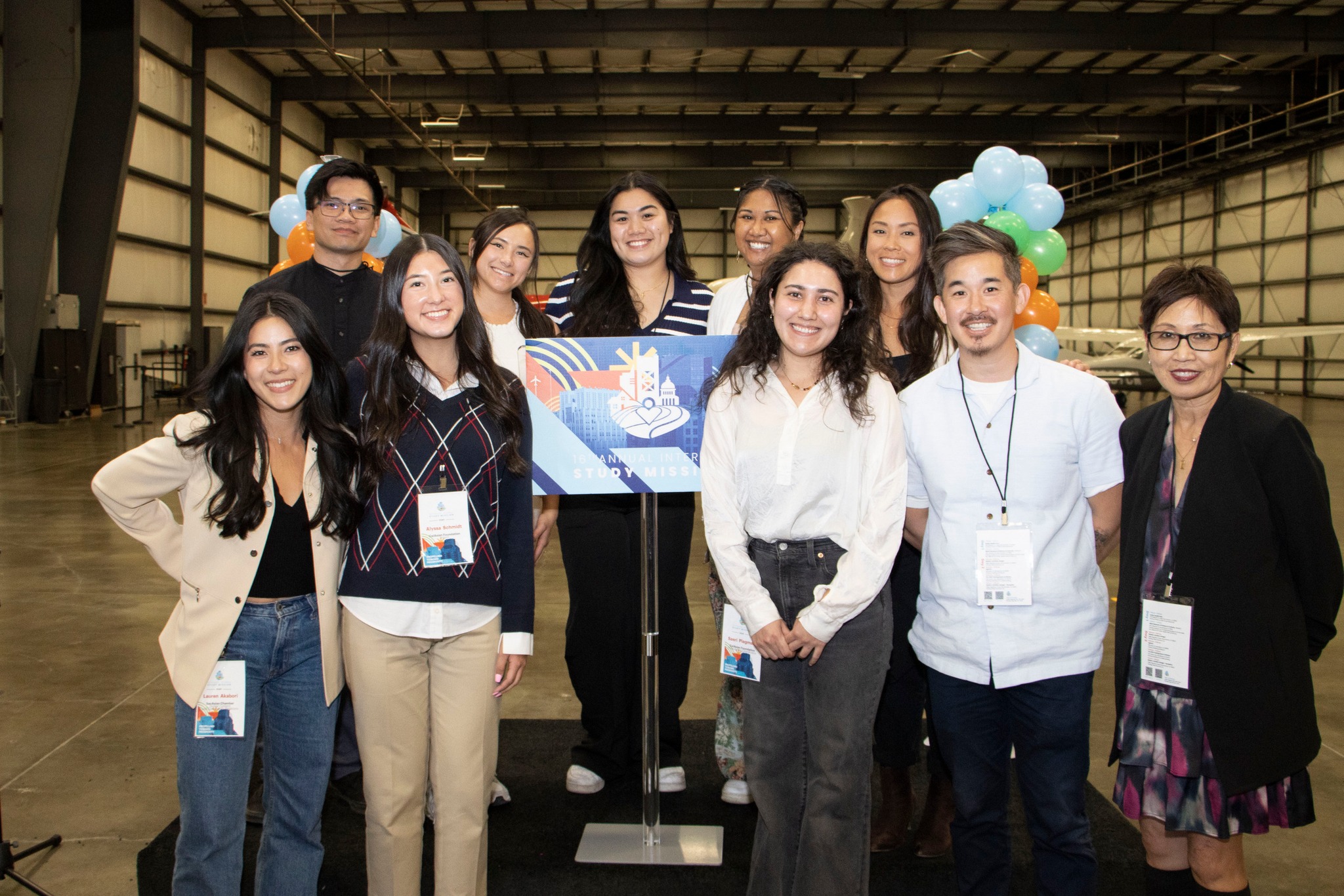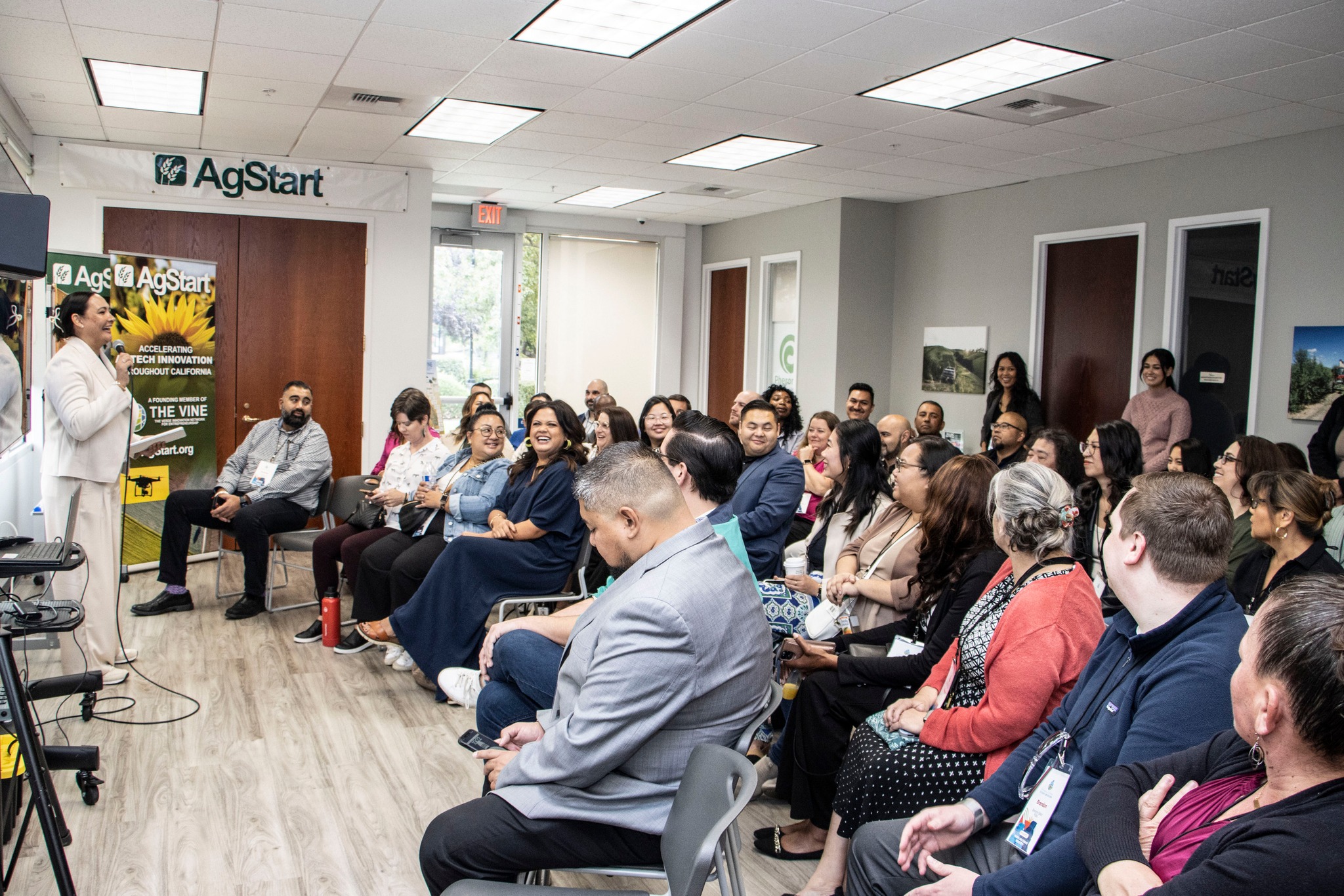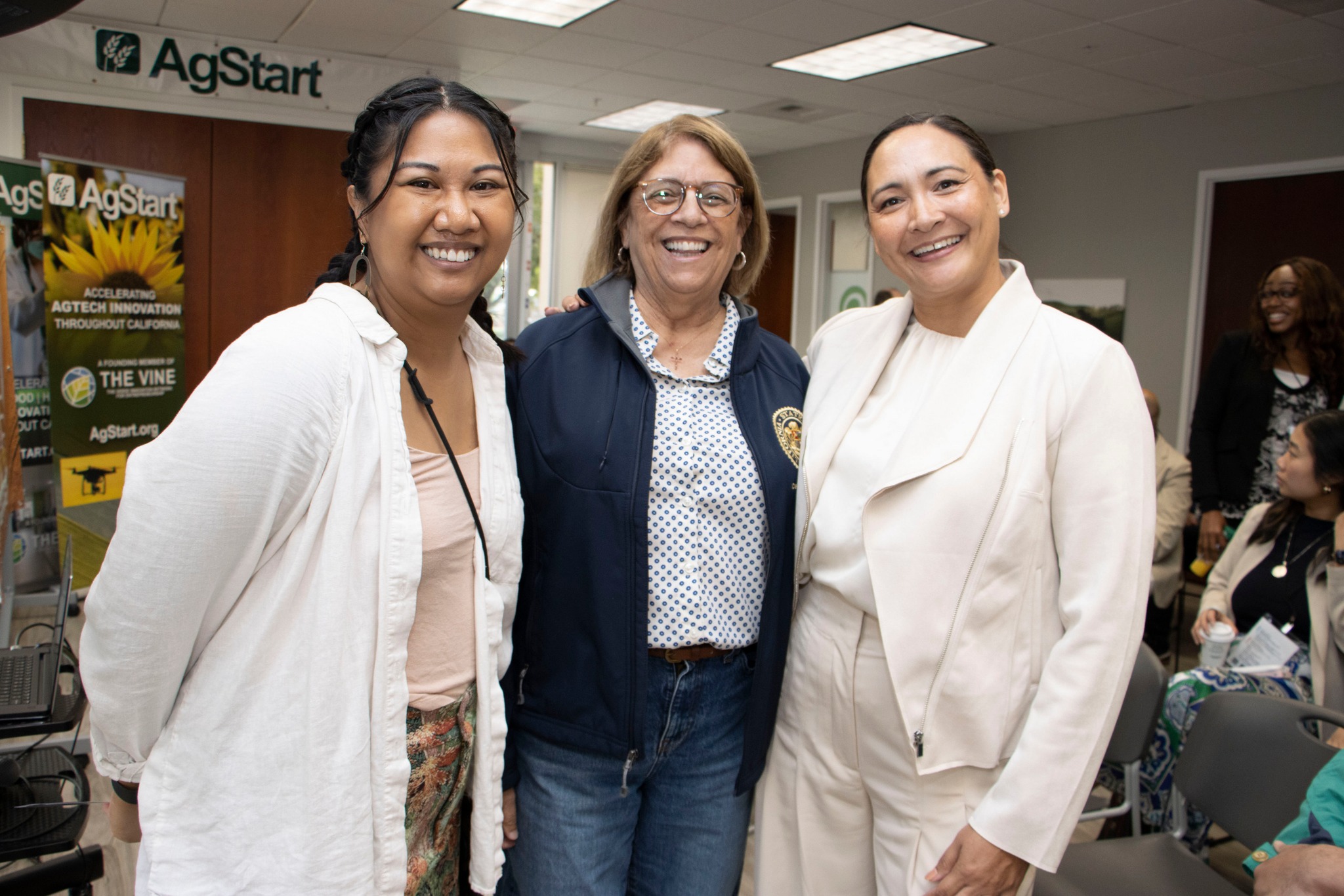October 30, 2024
Topic
A Reflection from CivicWell CEO Bernadette Austin

Earlier this month, I had the opportunity to serve as the Chair of the Internal Study Mission for the Sacramento Asian Pacific Chamber of Commerce. This event comes at a critical time to convene business and community leaders from across the greater Sacramento region.
From October 8-10, California Forward hosted the California Economic Summit at Sacramento’s SAFE Credit Union Convention Center. This annual event convenes thought leaders and practitioners championing solutions that balance equity, environmental sustainability, and economic growth. This fall also marks a critical point for the state’s California Jobs First initiative, which is being implemented in the Sacramento region as We Prosper Together.

California Jobs First is moving from planning and pilots to funding implementation of impactful projects across the state. Additionally, recent years have seen significant investment in infrastructure improvements through state and federal funding, and we’re beginning to see these projects come to fruition. Agencies, companies, and organizations have identified how they are adapting to challenges like climate-related disasters and state budget cuts, both of which have far-reaching consequences for our state’s regional economies.
Together with its sister organization the California Asian Chamber of Commerce, the Sacramento Asian Pacific Chamber of Commerce is the state’s largest ethnic chamber. The Sacramento Asian Pacific Chamber also partnered with Valley Vision on the California Jobs First initiative for the 8-county Capital region. It was through this lens that I worked to create a program that emphasized economic growth in a way that promotes environmental sustainability and equitable prosperity.




During this year’s program, Propelling Toward Prosperity, attendees learned about local industries and communities through compelling panels, behind-the-scenes tours, and a variety of hands-on activities. Through a series of speakers and tours of facilities across the region, attendees explored how local companies are responding to new opportunities in the clean and green economy, leveraging evolving technologies that capitalize on our regional assets in areas like sustainable transportation, electrification, resource efficiency, and ag and bio-tech.




While this particular event focused on the greater Sacramento region, there are some universal lessons from this program that would be valuable for other regions. First, communities should capitalize on their existing assets, which can include the dominant industries, natural resources, and institutions such as universities and community-based organizations. Second, embrace innovation. In the Sacramento region, decades of agricultural history provide fertile ground for ag tech and biotech industries through existing facilities and networks for knowledge exchange. And third and most importantly, collaboration is key. Speakers and attendees noted that in comparison to other regions across the country, the Sacramento region has a rich tapestry of cross-sector collaboration, and in many cases formalized agreements and programs to leverage.
It was a pleasure to lead this effort, and I look forward to applying lessons learned to our work at CivicWell and through our own networks and partnerships.

Policy Corner
Proposition 4 Is Crucial to California’s Climate Resilience Efforts
With election day looming on November 5th, voters must decide on ten state propositions, among many other items. Proposition 4 offers a significant opportunity to invest in critical efforts to address climate change. The popularly-named Climate Bond totals $10 billion and specifies that 40% of the funds must be spent on programs and projects that benefit vulnerable populations and disadvantaged communities. Here are some highlights of the measure, which is divided into several categories:
$3.8 billion for safe drinking water, flood, drought, and water resilience
- $610 million for safe drinking water through the State Water Resources Control Board (SWRCB)
- $200 million for the Multibenefit Land Repurposing Program (MLRP) through the Department of Conservation (DOC)
- $386.25 million for groundwater recharge, storage, conjunctive use, and Sustainable Groundwater Management Act (SGMA) implementation through the Department of Water Resources (DWR)
- $386.25 million for water reuse and recycling through the SWRCB
- $550 million for flood management projects through the California Natural Resources Agency (CNRA)
$1.5 billion for wildfire and forest resilience
- $1.205 million for fire prevention and improving forest health and resilience to the CNRA and its departments
- $135 million for wildfire mitigation through the Office of Emergency Services (OES)
$1.2 billion for coastal resilience
- $415 million to increase resilience of beaches, bays, watersheds and other areas through the State Coastal Conservancy
- $350 million for coastal and shoreline flood management through the State Coastal Conservancy
- $75 million for the California Sea Level Rise Mitigation and Adaptation Act of 2021
$450 million for extreme heat
- $50 million for Extreme Heat and Community Resilience Program through the Office of Land Use and Climate Innovation (LCI), formerly Office of Planning and Research (OPR)
- $150 million for the Transformative Climate Communities Program (TCC) through the Strategic Growth Council (SGC)
- $100 million for urban greening through CNRA
- $50 million for urban forests through the Department of Forestry and Fire Protection
- $60 million for community resilience centers through OES and SGC
$1.2 billion for nature-based climate solutions and to protect biodiversity
- $870 million to enhance fish and wildlife resources and habitat including adaptation and resilience through the Wildlife Conservation Board (WCB)
- $320 million to enumerated state conservancies to reduce climate change impacts to fish and wildlife through various state conservancies
$300 million for climate-smart, sustainable farms, ranches, and working lands
- $40 million for the State Water Efficiency Enhancement Program (SWEEP) through the California Department of Food and Agriculture (CDFA)
- $90 million for small and medium farms through CDFA
- $20 million for certified farmer’s markets through CDFA
- $20 million for certified farmer’s markets infrastructure through CDFA
- $20 million for community farms and gardens through CDFA
$700 million for park creation and outdoor access
- $200 million for neighborhood parks through the Department of Parks and Recreation (DPR)
- $200 million for reducing climate change impacts in outdoor recreation areas through CNRA and its departments
- $100 million for non-motorized trail expansion through CNRA and its departments
$850 million for clean air
- $325 million for clean energy transmission projects through the California Infrastructure and Economic Development Bank (I-BANK) or the California Energy Commission (CEC)
- $50 million for long-duration energy storage program through the CEC
- $475 million for offshore wind-related port facilities through the CEC
Opponents of Proposition 4 argue that these investments should be made through the state budget. In truth, they do not want funding to address climate change, no matter where it comes from. With deficits in the state budget still likely over the next few years, their arguments ring hollow.
By contrast, supporters of Proposition 4 recognize the urgency of making investments to meet the challenge that climate change presents to every community across the state. Proposition 4 represents a crucial step forward to combat the existential threat of global warming.





